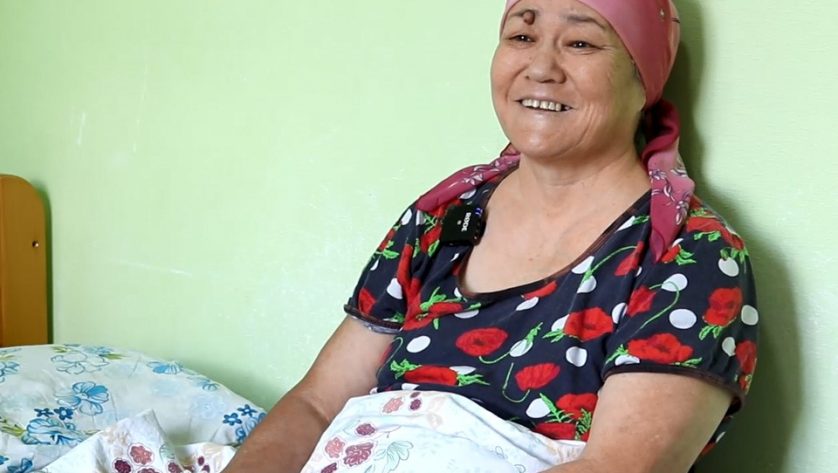Among other things, the National Society has continued providing first-aid training by volunteer emergency response teams, visiting nurses for the elderly, mobile medical brigades and tracing services. These services have been supplemented by vouchers for food and medical items, shelter vouchers, first-aid kits, other basic necessities such as hygiene and household goods, as well as cash assistance.
The National Society’s transition has been about not only building up operational capacity, supported by the Movement, but about less tangible yet vital attributes such as retaining public trust and acceptance while internalizing principles that before the conflict seemed relatively abstract.
“We held seminars, we talked about the importance of these principles, but until the conflict broke out, however much we talked we didn’t really understand them, we didn’t take them to heart,” says Iryna Mitchenko, deputy head of the Donetsk regional branch. As the crisis escalated, many of the Donetsk volunteers left the branch, and even the city. “They realized they couldn’t be neutral,” says Mitchenko.
Learning on the move
The Ukraine Red Cross is a well-known entity represented at town and region levels throughout Ukraine. But as the Red Cross symbol had come to be used for anything from private pharmacies to computer repair shops, few people were really aware of what the organization stood for, or what it actually did.
That changed in late 2013. Red Cross emergency response brigades were in the thick of the violent civil unrest that seized Kiev and other cities, their tunics and helmets with the Red Cross symbol highly visible in images shown across the world as they tended the wounded.
But some demonstrators also set up their own first-aid teams using a red cross symbol and since then, the National Society has had to deal with several other instances of emblem misuse. With the help of Movement partners, the National Society countered with public education campaigns aimed at educating people about the Red Cross and international humanitarian law. But the improper emblem use complicated the National Society’s efforts to gain the trust of those in need throughout a divided east Ukraine and to inform and persuade all the parties operating there to allow them to work freely.
“We never thought that this could ever happen to us,” says Mitchenko.
“After nearly two years, I’ve truly learned how to use the Red Cross principles. Since then, it’s become easier for me to work, and to accept reality.”
Ivan Usichenko, president of the Ukraine Red Cross Society, says the crisis has forced the National Society to adapt quickly under pressure. “When this situation began we were resolving questions on the hoof together with the ICRC and IFRC about how better to provide aid in Donetsk and Lugansk regions, to displaced people, hospitals, civilian and military wounded,” Usichenko says.
A more recent challenge, he adds, is the waning interest internationally for the conflict in Ukraine. Overshadowed by other major events — migration, terrorism, different conflicts — some worry that Ukraine is becoming what humanitarians call ‘a forgotten crisis’ even though the needs are just as great as ever.
“I follow the news,” says Violeta Lombarts, head of the IFRC country office in Kiev. “The Ukraine crisis is invisible… so how can we attract people [and convince them] to provide support?”
Growth under pressure
Nevertheless, since early 2014, implementing bilateral aid projects with 30 Red Cross Red Crescent Movement and 12 external partners, National Society committee staff has grown significantly, according to Liliia Bilous, Ukraine Red Cross first secretary deputy general and head of the newly-formed disaster management department.
“The National Society, with the support of the IFRC and ICRC, has managed to increase its potential quickly and react rapidly to emergency situations, during civil unrest in Kiev,” says Bilous. “New challenges have arisen, but the more challenges we overcome, the stronger we grow.”
Alongside mobile medical teams (now numbering 26 and funded by the World Health Organization) and more than 3,000 visiting nurses, National Society branches deliver humanitarian aid to front-line settlements and to the huge numbers of internally displaced people (IDPs) who have moved into towns such as Slovyansk and Severodonetsk.
One morning in January, three visiting nurses from the Severodonetsk Red Cross branch, having already seen their patients before 10 in the morning, are distributing food vouchers to people they have invited to the office.
“When 300 people were coming per day, we had to be psychologists and labourers and listeners all at once because there was no one else,” says nurse Yelena Menayeva. “To start with, there was only the Red Cross, and it was all so sudden and we had to orient ourselves so quickly among this huge crowd of people.”
The vouchers, introduced in 2015, can be spent in any branch of a supermarket chain. “People can buy what they need,” says Menayeva. “Before, people would come who had diabetes, and all we had was rice and other goods that diabetics can’t use.”
A more recent innovation is the cash-assistance programme, which gives people even more flexibility to cover their needs; monitoring shows that most of the money gets spent on gas and electricity through the long cold winter.
 Red Cross Red Crescent magazine
Red Cross Red Crescent magazine 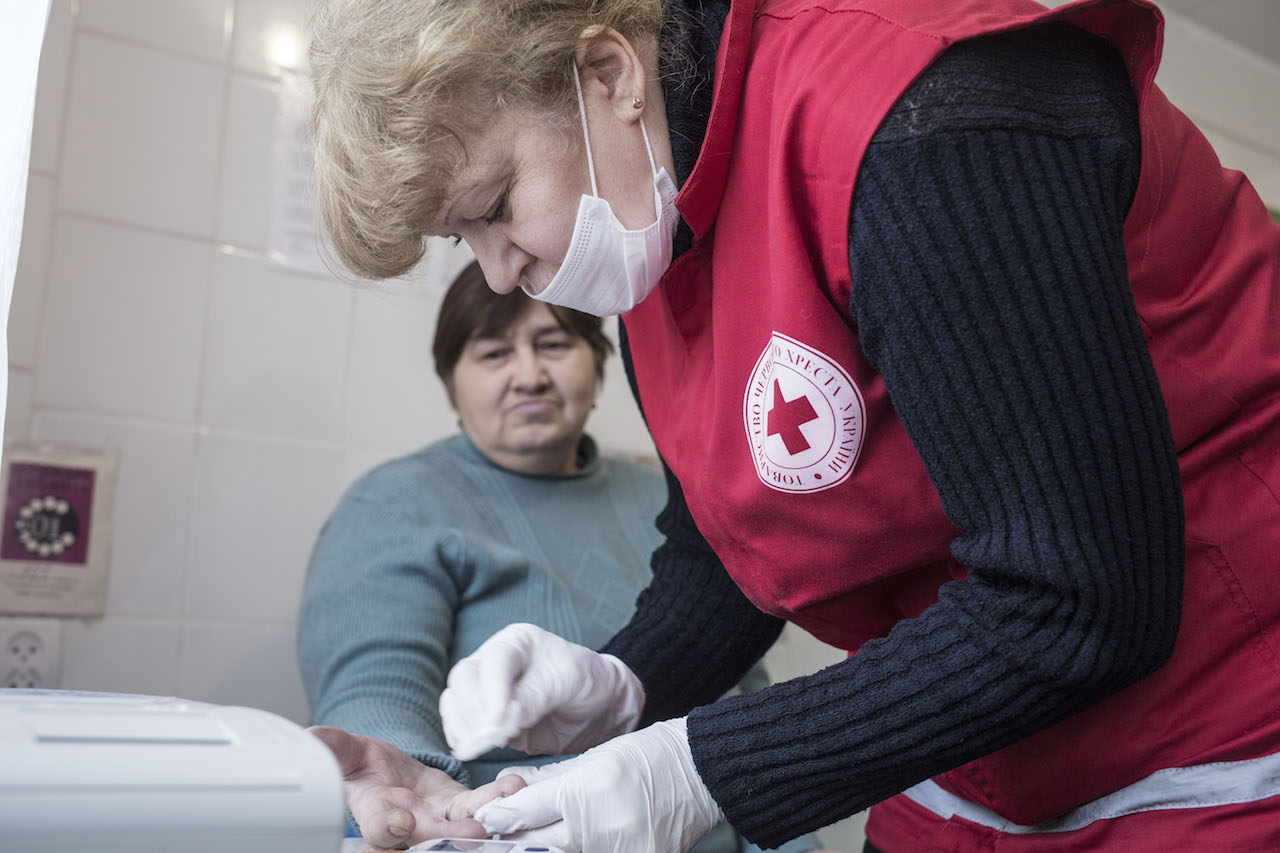
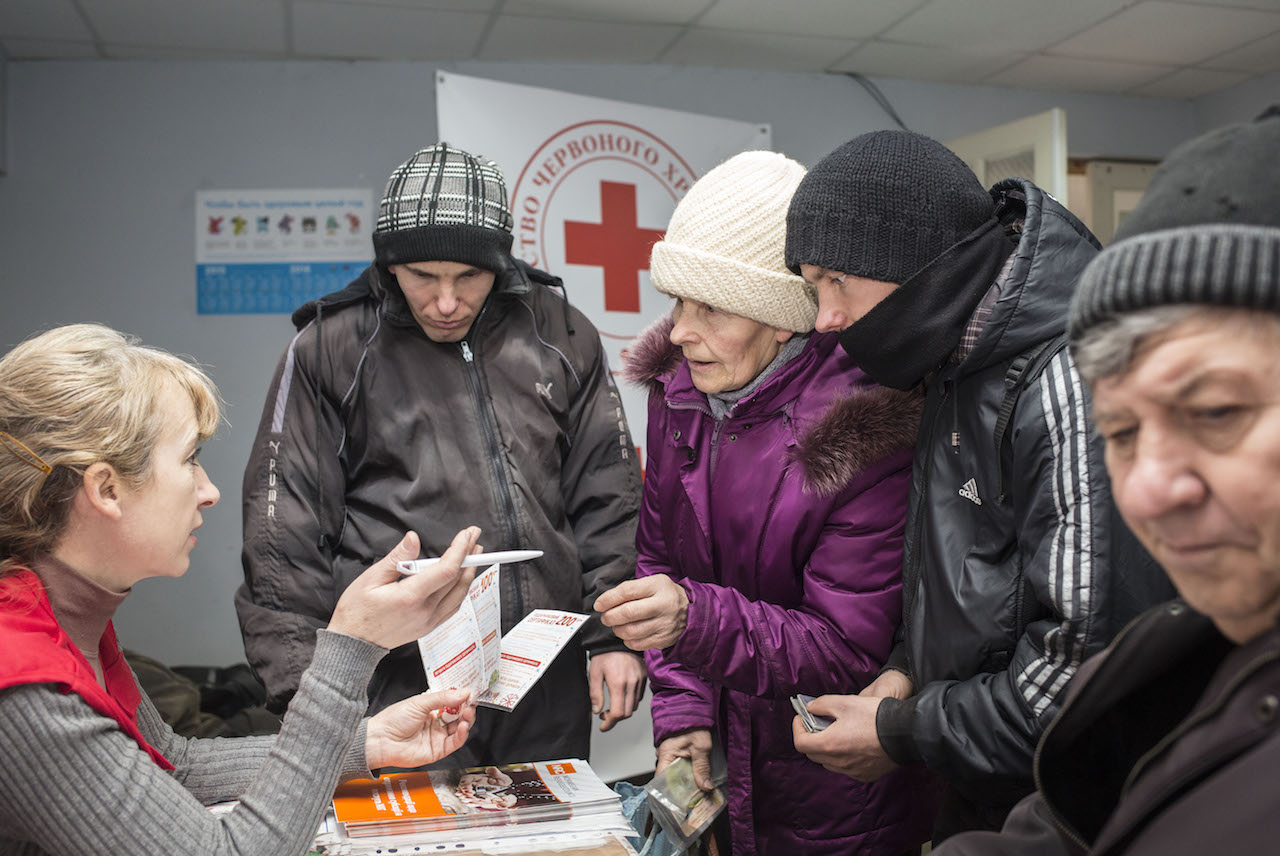
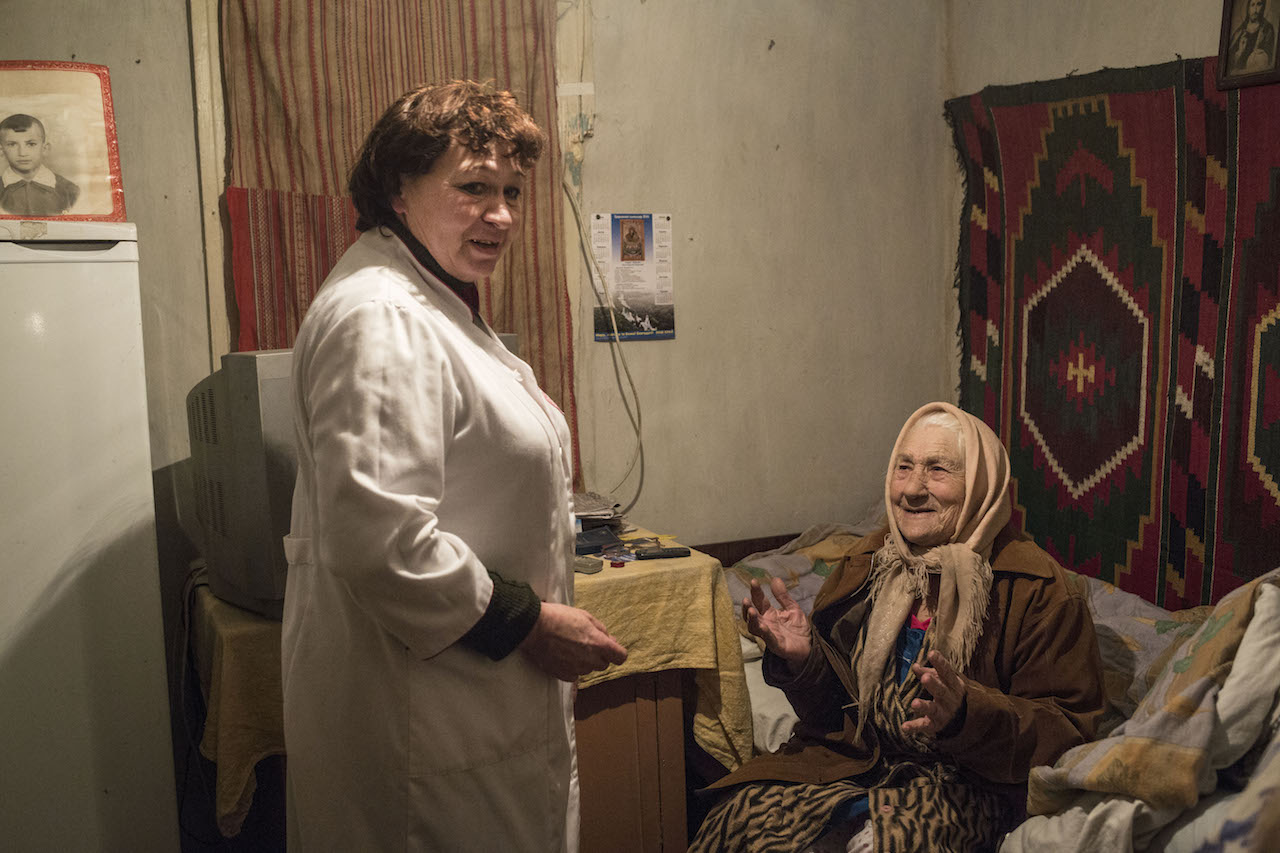
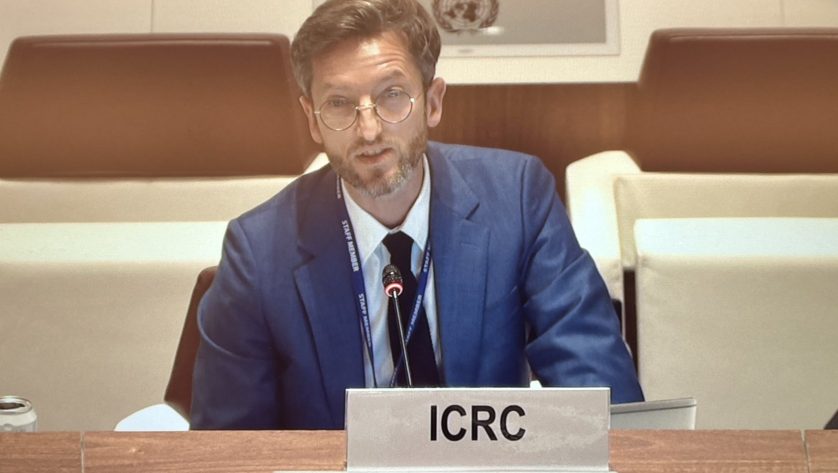

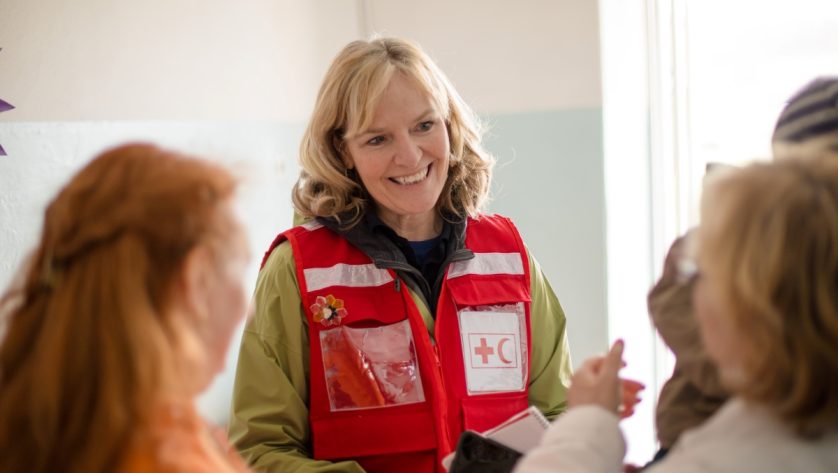

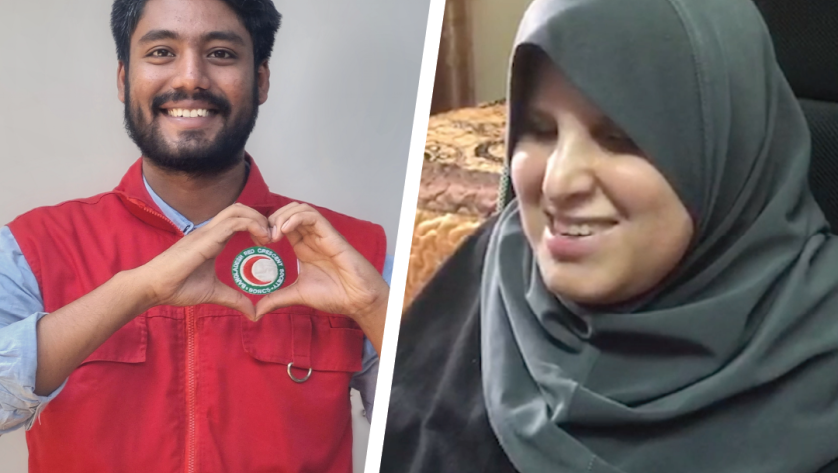

 Tech & Innovation
Tech & Innovation Climate Change
Climate Change Volunteers
Volunteers Health
Health Migration
Migration